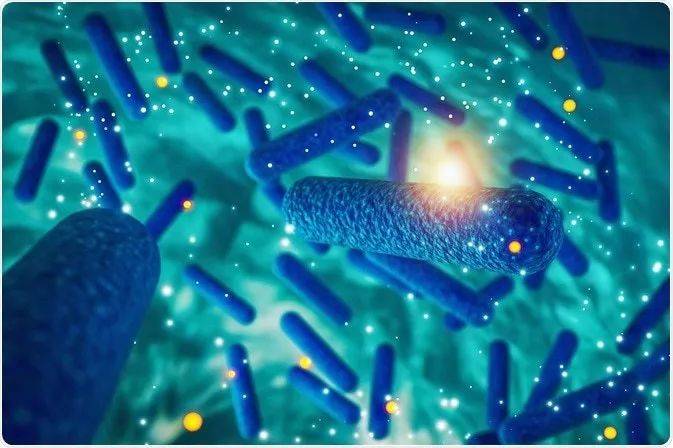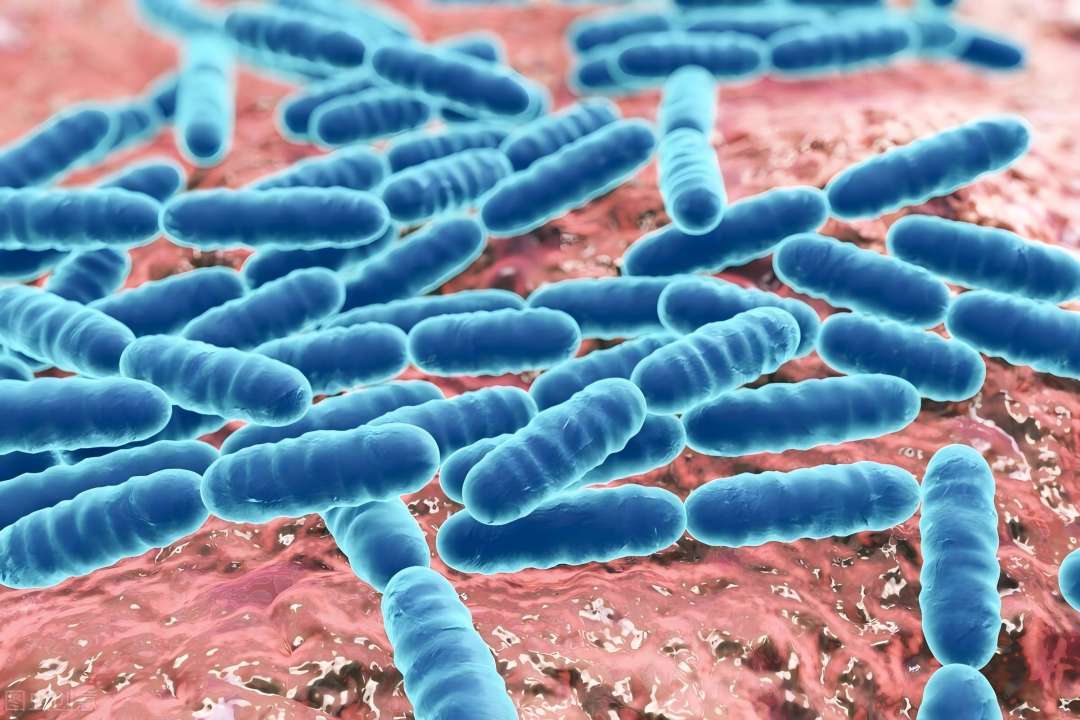What Is Fructo Oligosaccharide FOS?
Fructooligosaccharide (FOS, also known as sucralose oligosaccharide, oligofructose or sucralose trisaccharide oligosaccharide), with the molecular formula GFn (n is 2–5, G is glucose, and F is fructose), is a general term for carbohydrates such as sucralose trisaccharide (GF2), sucralose tetrasaccharide (GF3), sucralose pentasaccharide (GF4), and sucralose hexasaccharide (GF5), which are composed of sucrose and 1–4 fructose units bound to the fructose units in sucrose via β-1,2 glycosidic bonds. Calculate oligofructose sugar (GF2), sucrose-fructose tetrose (GF3), sucrose-fructose pentose (GF4) and sucrose-fructose hexose (GF5) carbohydrates.
When calculating the total oligofructose content, the sucrose-fructose hexose (GF5) content must not exceed 5% of the total FOS content, and the excess is not counted [1,2]. Fructooligosaccharides are found in about 36,000 plant species, such as bananas, garlic, onions, barley, wheat and malt. Among the many functional oligosaccharides, fructooligosaccharides are the only ones that have the dual physiological properties of a strong bifidus factor and water-soluble dietary fiber. In 2010, the Ministry of Health approved high-purity powdered fructooligosaccharides as a nutritional supplement, which has broad prospects for application in the food industry. This article reviews the physical and chemical properties, preparation methods, purification methods, testing methods and biological activities of fructooligosaccharides in recent years. as a nutritional fortifier, which has broad prospects for application in the food sector. This paper provides a review of the physicochemical properties, preparation methods, purification methods, testing methods, and biological activities of fructooligosaccharides in recent years.
1 Physicochemical properties of fructooligosaccharides
The sweetness of the individual fructooligosaccharide components is lower than that of sucrose, so the sweetness of the product decreases as the fructooligosaccharide component content increases. The sweetness of fructooligosaccharide syrup types G (purity 50%–65%) and P (purity 90% or more) is 0.6 and 0.3 times that of a 100Bx sucrose solution, respectively. It is fresher than sucrose, with a pure, without any aftertaste. Fructooligosaccharides are not digested in the body, do not produce calories, and have only 1/4 the caloric value of sucrose.
The viscosity of fructooligosaccharides is similar to that of isomaltose in the range of 0–70 °C, but decreases with increasing temperature. When the pH of the environment is neutral, fructooligosaccharides are very stable at 120 °C. However, under acidic conditions (pH = 3), they are easily decomposed at temperatures above 60 °C, and their stability is significantly reduced. The water activity of G-type fructooligosaccharides is between that of sorbitol and sucrose, while that of P-type fructooligosaccharides is slightly higher than that of sucrose. Fructooligosaccharides have better moisture absorption properties than maltose and are similar to sorbitol. Fructooligosaccharides also have the advantages of good solubility, non-reduction, non-coloring, excipient properties, alkali resistance and anti-aging properties [3].
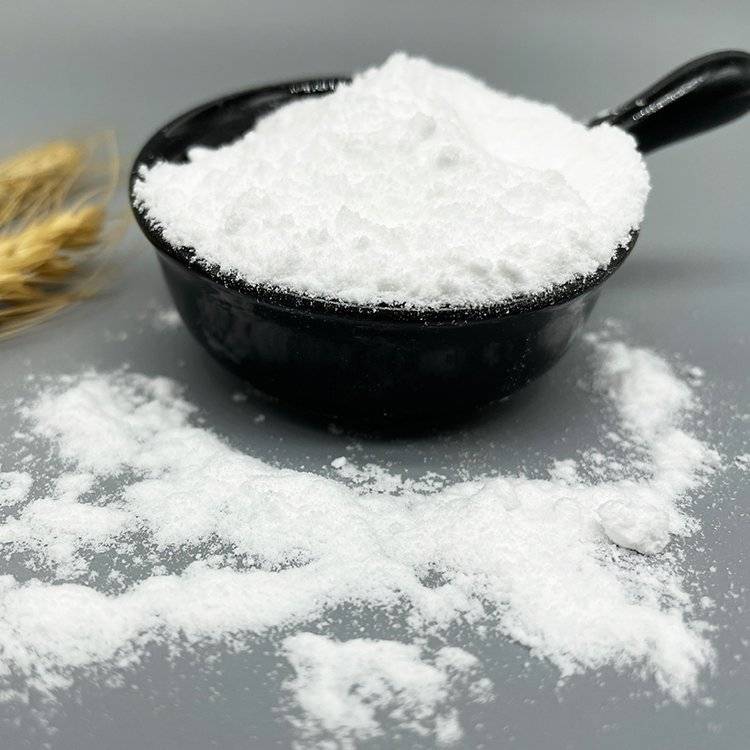
2 Preparation methods for fructooligosaccharides
The production process of fructooligosaccharides can be divided into two categories according to the different raw materials, namely the sucrose enzyme method and the Jerusalem artichoke and chicory extraction method [1]. The former obtains sucrose-fructose type oligofructose, while the latter obtains fructose-fructose type oligofructose. In the early days, oligofructose was prepared directly using Aspergillus oryzae and other bacteria as catalysts (the bacteria contain a small amount of inulinase). However, due to factors such as the complex composition of the bacterial enzyme system and the low content of inulinase, which caused the product to be impure, this method has been eliminated.
Wang Peng [4] used a combination of immobilized fructosyltransferase and immobilized glucose isomerase enzymes in a stepwise and tandem reaction, supplemented with sucrose, to prepare fructooligosaccharides. The results showed that fructooligosaccharides with a fructooligosaccharide content of about 62% were prepared by supplementing sucrose. The reason is that adding a certain amount of sucrose to the sugar solution breaks the original conversion balance of the reaction, and after a period of time, a new balance is established, which improves the conversion rate of the product.
Zou Jie et al. [5] used genetic engineering to clone the inulinase gene of Saccharomyces cerevisiae and achieve its efficient expression in Pichia pastoris. The results showed that the inulinase activity of the engineered strain in a 10L fermenter reached 1570 U/mL. The optimized process for preparing oligofructose from inulin by this inulinase engineered strain showed that in a 1 L reaction system, under the conditions of pH 5.0, reaction temperature 50 °C, 0.2 mmol/L Mg2+ and inulin concentration 8%, inulin was completely hydrolyzed when the enzyme amount was 10 U, and the effective oligofructose content in the hydrolysate was as high as 7 2.92%. In addition, Mi Yunhong et al. [6] published a method for preparing fructooligosaccharides using a molecular sieve and baffle plate bioreactor. This method can produce fructooligosaccharide products that meet various specifications such as GB23528-2009 Type 55, Type 70, Type 75, Type 90, and Type 95 as needed.
3 Purification methods for oligofructose
The main purification methods for oligofructose include nanofiltration membrane separation, chromatographic separation and microbial separation. Weng Guihua et al. [7] used ordinary-grade oligofructose (50%–55% by mass) as the raw material to study the nanofiltration conditions for oligofructose. The results showed that the purity of oligofructose could only be increased to about 85% by simply using nanofiltration membranes, and the high cost of membrane cleaning was not conducive to the industrial production of oligofructose. Lin Show-ching et al. [8] showed that macroporous adsorption resins has a good effect on separation. However, if fructooligosaccharides are prepared from plants as raw materials, they need to be pretreated before further separation and purification due to their complex composition. Liu Bin et al. [9] used a combination of membrane separation and macroporous adsorption resin to obtain fructooligosaccharides with a purity of over 95%. However, the efficiency of single-column purification of fructooligosaccharides is very low, with only 10% of 95% fructooligosaccharides being obtained from single-column treatment.
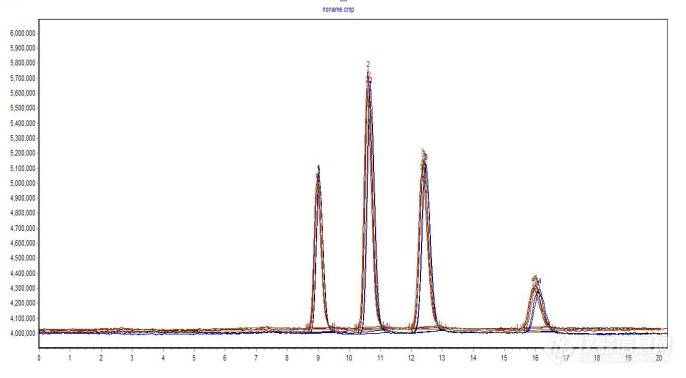
4 Detection methods for oligofructose
4.1. Qualitative detection methods for oligofructose
The commonly used qualitative detection methods for oligofructose mainly include paper chromatography and thin-layer chromatography on silica gel. Tang Jun et al. [10] compared three qualitative methods for the separation of oligofructose by paper chromatography. The results showed that under the conditions of a paper chromatographic system using n-propanol-ethyl acetate-water (7:1:2) as the developing agent and 1% α-naphthol solution in 10% phosphoric acid as the color developer, in addition to glucose, fructose, sucrose, sucrose-trisaccharide, sucrose-tetrasaccharide, and sucrose pentasaccharide all appear in a light blue color with clear spots, and the separation effect is good.
Chen Jinling et al. [11] established a thin-layer chromatography method for the simultaneous rapid detection of seven types of fructooligosaccharides in garlic. The fructooligosaccharides in garlic were obtained by methods such as water extraction, alcohol precipitation, and alcohol solubilization. The separation effect of different polymerization degrees of garlic fructooligosaccharides was analyzed by thin-layer chromatography under different development conditions, and the effects of different sample amounts and different lengths of silica gel plates on the separation effect of garlic fructooligosaccharides were investigated. The results showed that a silica gel plate 10 cm long could rapidly detect the sugar components with polymerization degrees of 1 to 7 in garlic by performing four developments at room temperature in the developing system of n-butanol-isopropanol-water-acetic acid = 7:5:4:2. The spots were clear and the resolution was appropriate.
4.2 Quantitative detection method of oligofructose
4.2.1 High performance liquid chromatography-differential detector method
Xu Lizhu et al. [12] used high performance liquid chromatography with a mobile phase of acetonitrile-water (75:25) and gradient elution, a Luna amino column for separation, and a differential refractive index detector to determine the content of seven monosaccharides, disaccharides and oligofructose in formula milk powder after ultrafiltration and centrifugation. The results showed that the seven target analytes had a good linear relationship in the range of 0.15~10.0 mg/mL, with a correlation coefficient greater than 0.999. The method detection limits were between 0.039 and 0.087 g/100 g. When the addition level was 0.50~2.0 g/100 g, the recovery rate was between 81.2 %. The relative standard deviation (RSD, n=6) was 1.1%~6.2%. This method is the most commonly used method for quantitative determination of oligofructose, but it has the disadvantages of a long system equilibration time, inability to perform gradient elution, low sensitivity, and difficulty in separating when the sample contains interfering components.
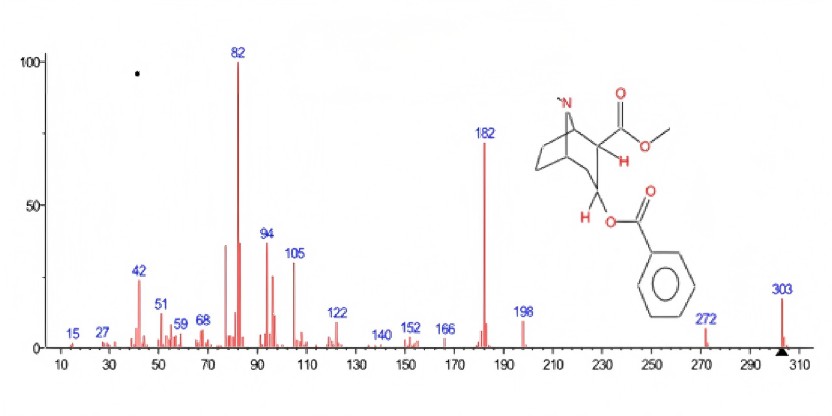
4.2.2 High-performance liquid chromatography-evaporative light scattering detector method
The evaporative light scattering detector (ELSD) overcomes the shortcomings of the differential refractive index detector (RID) in the analysis of non-volatile samples. It has high sensitivity and can be used for gradient elution [13, 14]. Zhang Yuanyuan et al. [15] used high performance liquid chromatography-evaporative light scattering detector to determine the content of oligofructose in different types of food under the same chromatographic conditions. The results showed that under these conditions, the fructooligosaccharide components in foods can be effectively separated. The detection ranges of sucrose triose, sucrose tetrose, and sucrose pentaose were 0.67 mg/mL to 14.0 mg/mL, and the linear correlation coefficients were above 99.95%. The recovery rates of the three fructooligosaccharide components in different types of food samples ranged from 95.20% to 100.15%. This method is highly sensitive, accurate and fast, and is suitable for the determination of fructooligosaccharide content in food.
4.2.3 High performance liquid chromatography-mass spectrometry
Liu Yun et al. [16] established a method for the determination of oligofructose in milk powder by high performance liquid chromatography-quadrupole/electrostatic field orbitrap high resolution mass spectrometry for milk powder and rice flour samples with complex matrices. The sample pretreatment process is simple, only requires protein precipitation, and matrix interference can be eliminated by selecting secondary ions. The analysis time is short, and the measurement results are accurate and reliable, making it suitable for high-throughput determination of any milk powder. In addition, Zheng Jie et al. [17] used high performance liquid chromatography-electrospray ionization ion trap mass spectrometry to determine the sucrose content in sucrose. The results showed that sucrose had a good linear relationship in the range of 0.013105~0.20968 mg/mL, with r=0.9992. The recovery rates of the low, medium and high spiked samples were 96 . 9 %, 99.8 %, and 96.7 %, respectively, and the relative standard deviations were 1.7 %, 1.7 %, and 1.4 %, respectively. The method is highly sensitive and has good accuracy and precision.
4.2.4 High-performance anion exchange chromatography-pulsed amperometric detector method
Ion chromatography (IC) is a new liquid chromatography technique developed on the basis of ion exchange chromatography. Due to its high sensitivity, fast analysis speed and simple sample pretreatment, high-performance anion chromatography-pulsed amperometric detector (HPAEC-PAD) has been increasingly used in sugar detection in recent years [18, 19]. Wei Yuan'an et al. [19] established an analytical method for fructooligosaccharides using high-performance anion exchange chromatography with a Car- boPac PA20 column and a pulsed amperometric detector. In addition to separating and identifying fructooligosaccharide fractions with different degrees of polymerization, the method can also separate and identify sucrose-type and fructofuranosyl-type oligosaccharide fractions, as well as sucrose oligosaccharide isomers, and thus infer the source of fructooligosaccharides . It can not only meet the analytical requirements for the production of fructooligosaccharide raw materials, but is also suitable for the analysis of functional foods such as milk powder and protein powder containing fructooligosaccharides. For samples with greater matrix interference, the effect of interfering components can be further eliminated by adjusting the elution gradient program.
5 The biological activity of fructooligosaccharides
5.1 Regulating the balance of the gastrointestinal microecology
The gastrointestinal ecosystem is the largest microecosystem in the human body, containing the largest reservoir of bacteria and a pool of endotoxins. The beneficial intestinal bacteria and active enzymes are the two main defenders of the gastrointestinal tract. These beneficial bacteria and active enzymes form a protective biological barrier in the body – the “body-bacterial membrane” – which isolates the excrement from the digestive tract and prevents the absorption of harmful bacteria and toxins. Without the barrier effect of the “body-bacterial membrane”, harmful bacteria can enter the digestive tract in just 10 minutes, destroying the ecological balance of the gastrointestinal tract. Fructooligosaccharides cannot be broken down by various digestive enzymes, so they cannot be absorbed after passing through the stomach and small intestine, and enter the large intestine almost unaffected.
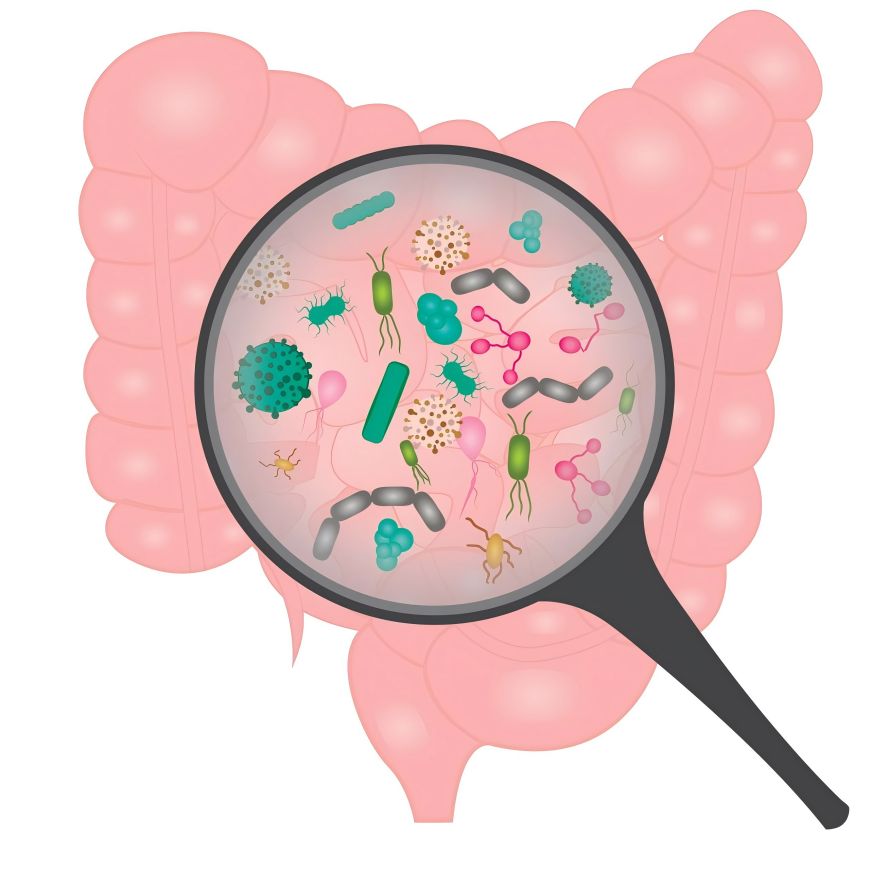
Studies have shown that fructooligosaccharides can promote the growth of beneficial bacteria such as Lactobacillus and Bifidobacterium in the intestine. These types of bacteria can inhibit the growth and reproduction of pathogenic bacteria, maintain the intestinal microecological balance, strengthen intestinal peristalsis, and prevent constipation. This is mainly because lactic acid bacteria and bifidobacteria metabolize oligofructose to produce short-chain fatty acids (SCFAs), mainly acetic acid, propionic acid and butyric acid, which maintain the acidic environment of the intestine and inhibit the growth of harmful bacteria. Acetic acid enters the peripheral circulation and is metabolized by peripheral tissues, which can increase colonic blood flow, enhance ileal motility, and reduce the risk of gastrointestinal dysfunction [20-24].
5.2 Enhances immune activity
Fructooligosaccharides regulate the balance of intestinal microecology by promoting the proliferation of bifidobacteria, induce the immune activity of the intestinal mucosal lymphatic system, and activate humoral immunity and cellular immunity in a variety of ways, regulating the body's immune function locally or as a whole [25]. Wang Jiaqi et al. [26] stimulated normal human peripheral blood mononuclear cells (PBMC) with different concentrations of a mixture of soy protein isolate and fructooligosaccharides, and measured lymphocyte proliferation, cytokine secretion, B cell differentiation and antibody production.
The results showed that the combined effect of soy protein isolate and fructooligosaccharides can enhance the body's cellular and humoral immune functions in vitro, and that the two immune functions show different patterns of change under the combined action of mixtures at different concentrations, suggesting that fructooligosaccharides have different regulatory effects on cellular and humoral immune functions. different change patterns, suggesting that oligofructose has different regulatory effects on cellular and humoral immune functions. This regulatory effect is not only reflected in the change in the number of lymphocytes, but also in the effect on cellular function.
Li Guangzhou [27] conducted a controlled study on 60 weightlifting college students by orally administering oligofructose solution. The results showed that the body weight and body mass index of the athletes in the observation group were significantly higher than those of the athletes in the control group (P<0.05), and the number of white blood cells, lymphocytes, monocytes and neutrophils detected by flow cytometry was higher than that of the athletes in the control group (P<0.05), while the T lymphocyte subset classification was better than the control group athletes (P<0.05). Analysis of the amount of immunoglobulins in the blood showed that the IgA, Ig G and Ig M levels in the blood of the athletes in the observation group were significantly higher than those in the control group athletes (P<0.05). This further proves that oligofructose has the activity of enhancing the body's immunity.
5.3 Anti-tumor activity
Colorectal cancer is a global problem, and the number of deaths from colorectal cancer is second only to that from heart disease in the World Health Organization database. There is a close relationship between the human microbiome and the incidence of colorectal cancer. Fructooligosaccharides specifically proliferate beneficial bacteria and are the only prebiotics that can proliferate Clostridium butyricum. The main metabolite of Clostridium butyricum is butyric acid, which has a nutritional effect on large intestinal epithelial cells. Butyric acid is not only the main energy substrate for colon cells, but also helps to nurture immune cells. It also has a strong effect on inhibiting cell proliferation and differentiation, regulating apoptosis, affecting the expression of proto-oncogenes, and inhibiting the growth of tumor cells. Atypical crypt foci (ACF) is recognized as a precancerous lesion of colon cancer [28- 30]. Chen Erzhen et al. [31] found that the concentration of butyric acid in the colon contents of experimental rats was significantly negatively correlated with the total number of ACF in their colon, i.e., as the concentration of butyric acid in the colon contents increased, the number of ACF gradually decreased, suggesting that oligofructose has a certain inhibitory effect on the formation of ACF in the colon of rats treated with carcinogens.
5.4 Hypoglycemic activity
Impaired glucose tolerance (IGT) represents a metabolic state intermediate between normal glucose homeostasis and hyperglycemia of diabetes. It is an important stage in the natural progression of diabetes, and insulin resistance (IR) and defects in the secretory function of pancreatic β cells are already apparent at this stage, leading to a significantly higher incidence of diabetes. Studies have shown that fructooligosaccharides can delay the absorption of postprandial blood glucose and can improve impaired glucose tolerance to a certain extent, thereby preventing the progression of impaired glucose tolerance to diabetes [32,33]. Zeng Yuan [34] found that medical nutrition therapy for diabetic patients can improve glucose and lipid metabolism, correct hyperglycemia, and help control the condition. The intervention model of continuous medical nutrition therapy with enhanced supervision is more effective in controlling blood glucose in patients. Diabetic patients can effectively improve glucose and lipid metabolism, lower blood glucose, and enhance insulin sensitivity by combining the supplementation of oligofructose with regular medical nutrition therapy.
5.5 Other
5.5.1 Lowering blood lipids
Meng Linmin et al. [35] observed the effect of oligofructose on blood triglycerides and blood cholesterol in mice. The results showed that after mice were orally administered oligofructose for 14 days, their serum triglyceride and cholesterol levels showed a downward trend. Liu Guohong et al. [36] found that oligofructose has a certain adsorption capacity for lard, peanut oil and cholesterol under different pH conditions, and the adsorption capacity is strongest at pH 3.0 and pH 7.0, indicating that oligofructose can reduce the absorption of lipids in both the stomach and the intestines and has a certain effect of lowering blood lipids.
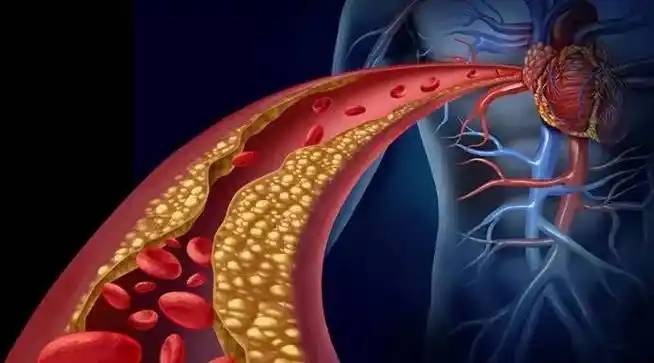
5.5.2 Promotes mineral absorption
Sun Yawen et al. [37] found that fructooligosaccharides have a significant effect on the apparent absorption rates of calcium, magnesium and iron, and have no effect on the apparent absorption rate of zinc. The dose has a significant effect on the apparent absorption rate of magnesium, but no effect on the apparent absorption rates of calcium and iron. Fructooligosaccharides can also increase the apparent absorption rate of minerals while relieving the inhibitory effect of phytic acid on minerals. This may be due to the fact that oligofructose is metabolized by microorganisms such as Lactobacillus and Bifidobacterium in the large intestine to produce short-chain fatty acids, which lower the intestinal pH. In an acidic environment, the solubility of minerals such as calcium, iron and magnesium increases, allowing their biological activity to be effectively exerted. In addition, short-chain fatty acids (especially butyric acid) can also stimulate conjunctival cell growth, thereby improving the intestinal mucosa's ability to absorb minerals [38].
5.5.3 Prevention of tooth decay
The currently accepted theory of the aetiology of dental caries is the four-factor theory, which mainly includes bacteria, oral environment, host and time. Streptococcus mutans is the main pathogen of dental caries. Studies have shown that fructooligosaccharides cannot be used by Streptococcus mutans to produce insoluble glucan, which provides a place for oral microorganisms to deposit, produce acid and erode (tartar), so it can prevent dental caries [39].

References
[1] Li Weiping. Biotechnology [M]. Beijing: Science Press, 2010, 82.
[2] QB2581-2003, oligofructose [S].
[3] You Xin. Production and application of functional oligosaccharides [M]. Beijing: China Light Industry Press, 2004: 151-156.
[4] Wang Peng. Process research on the production of sucrose-derived oligofructose by a two-enzyme system immobilization [D]. Guangzhou: South China University of Technology, 2016.
[5] Zou J, Zhang JW, You X, et al. Heterologous expression of inulinase from Kluyveromyces marxianus and optimization of the preparation process of oligofructose [J]. Microbiology Bulletin, 2016, 43(7): 1429-1437.
[6] Mi Yunhong, Mo Guolian, Wei Haitao, et al. Method for preparing oligofructose using a molecular sieve and a baffled bioreactor [P]. China, 201110428850.8, 2012-06-13.
[7] Weng Guihua, Ma Yuhong, Zhang Tao, et al. Preparation of high-purity fructooligosaccharides using membrane technology [J]. Food Industry Science and Technology, 2010, 1: 224-226.
[8] Lin Show-ching, Lee Wen-chier. Separation of a fructo-oligo-saccha⁃ ride mixture by hydrophilic interaction chromatography using silica- based micropellicular sorbents [J]. Journal of Chromatography A, 1998,803(1): 302-306.
[9] Liu Bin, Cao Dong, Meng Qingran. Purification of oligofructose by ultrafiltration combined with macroporous adsorption resin [J]. Food and Machinery, 2016, 32(2): 133-138.
[10] Tang Jun, Chu Ju, Li Yourong. Detection of oligofructose and screening of its producing strain [J]. China Pharmaceutical Industry Journal, 1998, 29(4): 152-155.
[11] Chen Jinling, Huang Xuesong. Rapid detection of garlic oligofructose by thin-layer chromatography [J]. Guangdong Agricultural Science, 2012, 9: 103-105.
[12] Xu Lizhu, Li Xiuyin, Huang Jinfen, et al. Simultaneous determination of monosaccharides, disaccharides and oligofructose in formula milk powder by ultrafiltration-centrifugation purification-high performance liquid chromatography [J]. Journal of Food Safety and Quality Testing, 2015, 6(2): 633-638.
[13] Wang Yinzhen, Yao Pingjia, Wei Yuanan. Determination of oligofructose content in dairy products by high performance liquid chromatography-evaporative light scattering detection [J]. Food Industry, 2009, 2: 71-73.
[14] Li Can, Chen Ying, Li Pei, et al. Simultaneous separation and detection of ten monosaccharides, disaccharides and oligofructose in food by HPLC-ELSD [J]. Food Industry Science and Technology, 2013, 34(7): 309-318.
[15] Zhang Yuanyuan, Zhang Bin, Yu Longquan, et al. Determination of oligofructose in food using a light scattering detector [J]. Food Research and Development, 2015, 36(23): 131-134.
[16] Liu Yun, Ding Tao, Xu Suli, et al. Determination of oligofructose in milk powder by high performance liquid chromatography-quadrupole/electrostatic field orbitrap high resolution mass spectrometry [J]. Chromatography, 2015, 33 (10): 1040-1045.
[17] Zheng J, Li G, Cheng Y, et al. Determination of oligofructose in stevia by HPLC/ESI-MS [J]. New Chinese Medicine and Clinical Pharmacology, 2015, 26(5): 671-675.
[18] Shu Junsheng, She Shike, Chen Kaibo, et al. Determination of maltol in tobacco and tobacco products by high performance ion chromatography [J]. Modern Food Science and Technology, 2013, 29(3): 651-653.
[19] Wei Yuan'an, Zheng Huiling, Wu Shaohui, et al. Separation and detection of oligofructose by high performance ion chromatography [J]. Food Science, 2015, 36(14): 151-155.
[20] Han Yanbin, Yao Siyu, Li Bin, et al. Experimental study on the effect of oligofructose on intestinal peristalsis [J]. Chinese Journal of Tropical Medicine, 2009, 9(4): 764-765.
[21] Ma Yan, Guo Jing. Analysis of the effect of different doses of oligofructose on physiological flora [J]. Agricultural Machinery, 2012, 1: 120-123.
[22] Liu Xiaomei, Peng Zhirong, Ni Xueqin, et al. The effect of oligofructose and Lactobacillus on the laxative function of constipated rats [J]. Food Science, 2013, 34(11): 296-299.
[23] Fang Xiao, Duan Rongshuai, Wang Fengshan. The effect of oligosaccharides on the biological activity of Lactobacillus [J]. Pharmaceutical Biotechnology, 2014, 21(4): 338-442.
[24] Zhang Xiaofeng, Li Wan, Li Wenjie, et al. The effect of oligofructose on the growth and metabolism of Lactobacillus casei [J]. Food Industry Science and Technology, 2015, 36(3): 363-371.
[25] Wang Quanjun, Chen Yong, Zhu Weiyun. The immunological effects of functional oligosaccharides on animal bodies [J]. Grain and Feed Industry, 2000, (6): 35-36.
[26] Wang Jiaqi, Ye Weiyi, Du Qin, et al. In vitro study on the combined regulation of human immune response levels by soy protein isolate and fructooligosaccharides [J]. Modern Immunology, 2013, 33(5): 407-411.
[27] Li Guangzhou. The effect of fructooligosaccharides on the immune function of weightlifters after training [J]. Food Research and Development, 2016, 37(20): 177-180.
[28] Takayama T, Katsuki S, Takahashi Y, et al. Aberrant crypt foci of the colon as precursors of adenoma and cancer [J]. N Eng J Med, 1998,339(18): 1277-1284.
[29] Nascimbeni R, Villanacci V, Mariani PP, et al. Aberrant crypt foci in the human colon: frequency and histologic patterns in patients with colorectal cancer or diverticular disease [J]. Am J Surg Pathol, 1999, 23(10):1256-1263.
[30] Zhong Yu, Chen Hunan. New ideas on the prevention and treatment of colorectal cancer with oligofructose [J]. Food Industry Science and Technology, 2014, (17): 28-31.
[31] Chen Erzhen, Cao Weixin, Yan Min, et al. Effect of oligofructose on the formation of pre-cancerous lesions in the colon of rats [J]. Chinese Journal of Clinical Nutrition, 2005, 13(5): 268-272.
[32] Report of the Expert Committee on the Diagnosis and Classification of Diabetes Mellitus [J]. Diabetes Care, 1997, 20(7): 1183-1197.
[33] Gu Hao, Xia Yiwei, Wei Liping, et al. Comparative study on the effects of peach gum polysaccharide, resistant starch and fructooligosaccharides on blood glucose in rats with impaired glucose tolerance [J]. Tropical Medicine Journal, 2013, 13(3): 288-290.
[34] Zeng Yuan. A study on the effects of medical nutrition therapy and oligofructose intervention on blood glucose control in diabetic patients [D]. Chongqing: Third Military Medical University, 2013.
[35] Meng Linmin, Lu Hao, Luo Yu. Effects of oligofructose on blood glucose and blood lipids in mice [J]. Hunan Preventive Medicine Journal, 2005, 16(5): 265-266.
[36] Liu Guohong, Ma Jiaojie, Wei Ying, et al. Discussion on the hypolipidemic effect and mechanism of oligofructose [J]. Food and Drugs, 2015, 17(1): 34-36.
[37] Sun Yawen, Gao Youmei, Liu Guohong, et al. Research on the effect of oligofructose on promoting mineral absorption [A]. Proceedings of the 4th Member Congress and Academic Seminar of Shandong Nutrition Society [C]. Jinan: Shandong Nutrition Society, 2013.
[38] Zhu Zhihuai, Li Yongmin, Wang Zhiyuan. Research on the effect of oligofructose on calcium absorption [J]. China Dairy Industry, 2008, 36(8): 63-64.
[39] Xue Shan. Research progress on the biological efficacy and production technology of oligofructose [J]. Food Industry, 2012, 33(4): 115-119.


 English
English French
French Spanish
Spanish Russian
Russian Korean
Korean Japanese
Japanese
